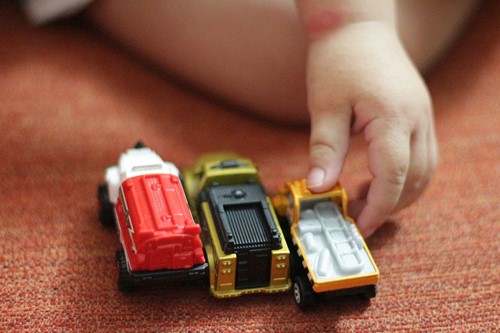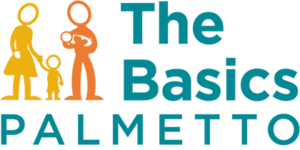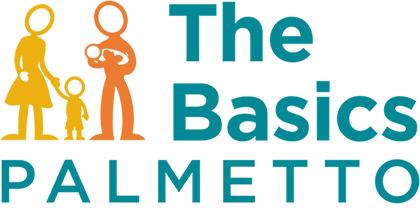“I’m just not a math person.”
We’ve all heard someone say this. Maybe you’ve said it yourself.
As adults, we know our own strengths and weaknesses, and this awareness can lead us to believe that we don’t have what it takes to equip our young children, especially if it’s in an area where we haven’t had success.
That’s why many of us say, “I’m just not a math person!”
But think about this:
Would you refrain from tossing a ball to your child because you weren’t good at sports?
Would you choose never to read a book with your child because you don’t consider yourself a good reader?
We believe every parent can give every child a great start in life if they know “The Basics!”
Believe it or not, children come into the world pre-wired to learn simple math ideas, including numbers, patterns, and making comparisons. As parents and caregivers of young children, you can seize this important window of brain development and teach them to become a problem solver.
This is why “Count, Group and Compare” is the third Palmetto Basic.

Here are 8 fun and simple ways you can do math with your child and help them develop important thinking skills!
1. Move in rhythm.
Clap, tap, rock or kiss your baby in a steady rhythm. Count while you do it.

If your child is in a baby swing at the playground, count each time you push the swing. Have fun! These are simple ways to teach your child about patterns and counting.
2. Count objects.
Count groups of things, starting with small numbers. You can count your child’s toes or count their Cheerios. Infants learn through all of their senses, so hold objects up for your child to see and touch. “Look, there’s one…two blocks. Two blocks.” As your child gets older, continue to count things together.
3. Compare.
Provide opportunities for your child to touch and explore things that are the same and different. For example, let your baby shake things that make different sounds, or touch fabrics with different textures. Talk about how they are similar or different.
4. Use math words.

When you talk to your infant or toddler, use words related to math ideas like amounts or comparisons. Examples of math words are more, less, big, small, tall, short, round, square, equal.
5. Make groups.
Children learn to say strings of numbers before they truly understand the meaning of numbers. After they learn to count numbers out loud, the next step is understanding how many things each number stands for. “Five” isn’t just a word that comes after “four;” the word five represents five of something. Count objects, like socks or blocks, and put them in a group so your child can see the whole set.
6. Make it a game.
Have fun with counting. You can count 1, 2, 3, and then let your child say 4, 5, 6. If you’re walking down the sidewalk, you can clap after every 5 sidewalk lines. All sorts of everyday objects and activities can be turned into math games. You know that you’re building a healthy brain, but your child simply enjoys the fun and loves bonding with you!
7. Name shapes.
Shapes are everywhere! Look for them with your child and name them.
“The clock is a circle. Do you see any other circles in this room?”
“The sign is a rectangle. What other rectangles do you see outside?”
8. Match and sort.

Make a game of matching and sorting objects. For example, let your child match socks while you do laundry. Your child can match and sort items by their shape, color, size, or other features.
When you make math a fun and daily part of life with your child, you are teaching them to become a math person! And you may find that you actually enjoy math more than you realized. : )

The Basics are 5 fun, simple and powerful ways that every parent can give every child a great start in life! We’re choosing one Basic a month, sharing an overview here on the blog and other resources you don’t want to miss through social media.
Here are some resources that can help you on your journey:
- Watch this short video for encouraging ways that real parents are doing “Count, Group, and Compare” with their little ones.
- Visit the “Count, Group and Compare” page and click on the tips at the bottom of the page for Infants 0-12 months and Toddlers 12-24 months.
- Receive regular, FREE resources from The Palmetto Basics.
- Follow The Palmetto Basics on Facebook and Twitter. We provide encouraging, real-life, shareable content to help parents and caregivers!
- If you, your faith community, your organization, or your place of business would like to join us as a Champion for Children, contact us! palmettobasics@gmail.com.
Thanks for sharing this post and spreading the word about The Palmetto Basics to those within your circle of influence!

